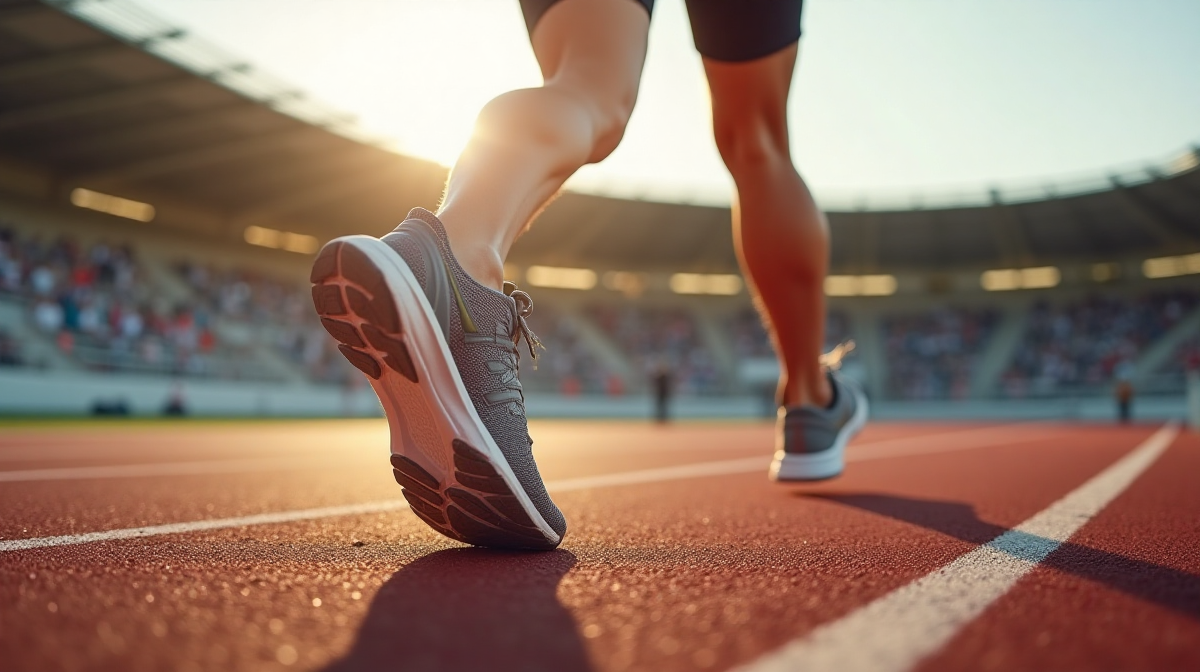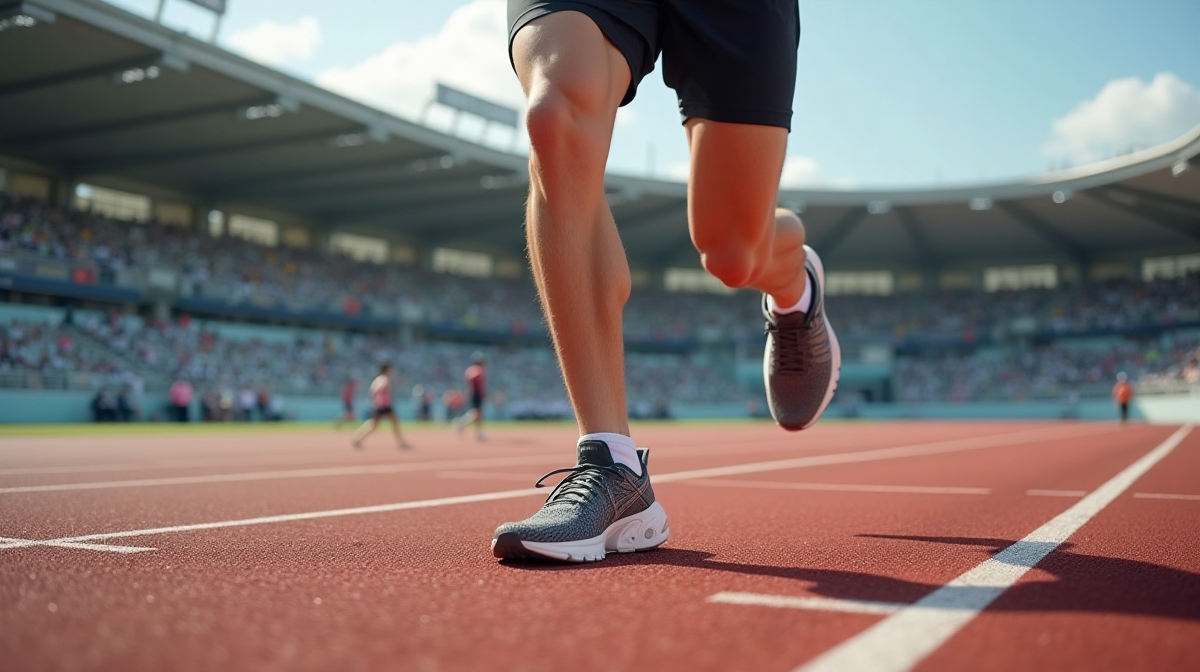The Ultimate Guide to Choosing Running Shoes
Understanding Your Foot Type & Running Style
Choosing the right running shoes can be a daunting task, but it’s crucial for preventing injuries and maximizing performance. It all starts with understanding your individual biomechanics.
Pronation Explained: Neutral, Overpronation, & Supination
Pronation refers to the natural inward roll of your foot as it lands. Neutral pronation means your foot rolls inward slightly, distributing impact effectively. Overpronation involves excessive inward rolling, which can lead to instability. Supination, conversely, is insufficient inward rolling, placing stress on the outer edge of your foot. Knowing your pronation type is key to selecting shoes that provide adequate support.
Identifying Your Arch Type: Low, Medium, & High
Your arch type is closely linked to pronation. Low arches often correlate with overpronation, while high arches typically indicate supination. Medium arches are generally considered neutral. A simple wet test—wetting your foot and stepping onto a piece of paper—can reveal your arch type. This information informs shoe choices, impacting cushioning and support needs.
How Running Style Impacts Shoe Choice
How you land – whether on your heel, midfoot, or forefoot – also influences your shoe selection. Heel strikers generally benefit from shoes with more cushioning in the heel. Midfoot and forefoot strikers may prefer shoes with less drop (the difference in height between the heel and toe). Many beginners start with heel striking, but transitioning to a midfoot strike can reduce impact.

Key Features to Look for in Running Shoes
Beyond understanding your biomechanics, certain shoe features are essential for a comfortable and effective running experience.
Cushioning: From Minimalist to Max Cushion
Cushioning absorbs impact and protects your joints. Options range from minimalist shoes with very little cushioning to max cushion shoes offering substantial impact absorption. Beginners often benefit from moderate to max cushioning.
Drop: Understanding Heel-to-Toe Drop and Its Benefits
Drop refers to the height difference between the heel and toe of the shoe. Higher drops (10-12mm) are common in traditional running shoes, encouraging heel striking. Lower drops (0-8mm) promote a more natural midfoot/forefoot strike.
Upper Material: Breathability, Flexibility, & Support
The upper material affects breathability, flexibility, and support. Mesh uppers provide ventilation, while engineered mesh offers a balance of support and breathability. Consider the climate you’ll be running in when choosing an upper material.
Outsole & Traction: Terrain-Specific Considerations
The outsole provides traction and durability. Road running shoes have smoother outsoles, while trail running shoes have more aggressive lugs for grip on uneven surfaces.

Best Running Shoes for Beginners
Finding the right shoe for a beginner requires careful consideration. Considering the premier league standings doesn't help with this decision! Instead, focus on these tips.
Top Picks Based on Foot Type
For neutral runners, shoes with neutral cushioning are ideal. Overpronators may need stability shoes with medial support. Supinators benefit from shoes with ample cushioning and flexibility.
Budget-Friendly Options for New Runners
You don’t need to spend a fortune on running shoes. Several excellent budget-friendly options offer good cushioning and support. It's even more important to get the fit right than to spend a lot of money! Have you checked out bet shop 2 lately? No, you should focus on your feet!
Shoe Recommendations for Different Running Distances
Shorter runs (under 3 miles) may require less cushioning than longer runs. If you're also interested in football betting, you might hear about bet shop 2 mobile options, but prioritize your running gear first.
How to Properly Fit Running Shoes
A proper fit is paramount. Visiting a specialty running store for a professional fitting is highly recommended.
Measuring Your Feet Accurately
Measure your feet at the end of the day when they are at their largest. Measure both feet, as they may be slightly different sizes.
The Thumb's Width Rule
There should be approximately a thumb's width of space between your longest toe and the end of the shoe.
Accounting for Sock Thickness and Foot Swelling
Wear the socks you plan to run in when trying on shoes. Remember that your feet will swell during a run, so allow for a little extra space.
Maintaining and Replacing Your Running Shoes
Proper care extends the life of your shoes. Don’t spend all your time looking at bet shop 2 login pages – take care of your shoes!
Cleaning & Care Tips
Clean your shoes regularly with mild soap and water. Avoid using harsh chemicals or putting them in the washing machine.
Knowing When It's Time for a New Pair
Running shoes typically last between 300-500 miles. Signs it’s time for a replacement include reduced cushioning, visible wear and tear, and increased aches and pains. Tracking your mileage can help you determine when it's time for a new pair. Consider the premier league table as a reminder of setting goals – and setting mileage goals for your running!

